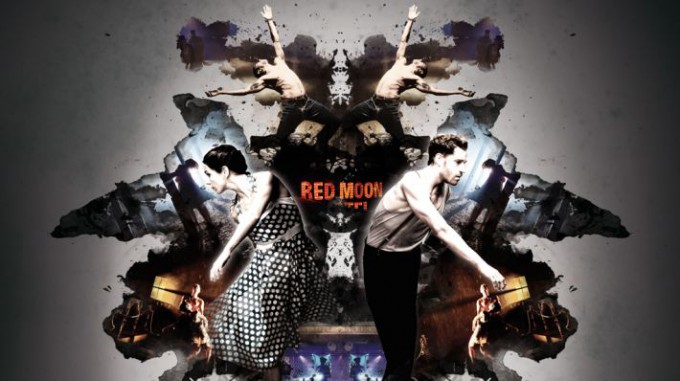Month: January 2014
-

Notes on Punchdrunk’s The Drowned Man from an interaction design pow
Visiting London I took the oppurtunity to go to Punchdrunk’s epic show The Drowned Man which encompass some 20.000 sqm on 4 floors, 30 actors, a bar, et c. I will not summarise the whole experience here, there is plenty of reviews to read online. What I want to do is to share some thoughts…